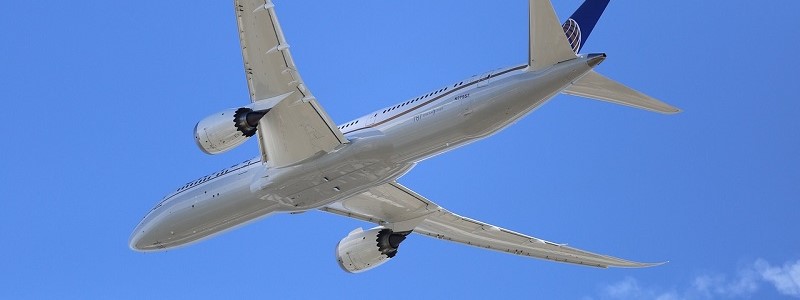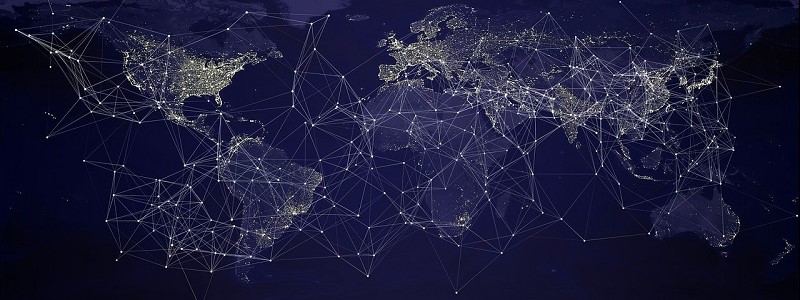

For those of you who don’t follow us on Facebook or LinkedIn, we had the great privilege of attending the Aircraft Interior Expo in Hamburg.
It’s a huge 3-day event in which airlines, aviation interior suppliers and innovators all come together to showcase ideas, network and do business.
For us it’s a fantastic opportunity for us to learn about the new and exciting tech coming on to the market. Meet with some of our clients, who we’d otherwise never get to see. And do a sport of networking while we’re at it.
It’s a jampacked few days but always well worth the trip.
For good reason. AIX attracts the biggest names in the industry as well the major players in the electronics industries and beyond.
As you would expect, the emphasis was all about the passenger experience.
Quite at odds with some of the ideas budget airlines have been having around things like sling seating to maximise capacity.
Of course, a lot of the innovations will only ever filter as far down as business class initially, but there’s no denying how awesome the technology is.
Despite the mind-boggling array of technology on offer, there was one innovation that really stood out.

WIFI on commercial flights has been available with several airlines for a couple of years now. There are a couple of providers in the market and passengers have to pay to access the service.
It works one of two ways:
The ground-based system – under which the plane connects with antennas as they fly over. This effectively turns the plane into a giant WIFI hotspot, allowing passengers to connect to the internet.
It allows passengers to do all the usual things – browse the internet, send emails stream content etc.
However, it doesn’t work over large bodies of water. Such as the Atlantic Ocean… Which means for anyone travelling between the US and Europe, the service has very little use.
The alternative is a satellite-based system. The aircraft connects to a network of satellites which in turn communicate with ground-based towers.
The network means that passengers can connect anywhere in the world and can even do so on broadband frequencies.
This means passengers on a business trip can continue to work. Families can stream content for their children. Gamers can even get a couple of games of Fortnite in should they be so inclined.
It’s a creature comfort that transforms the passenger experience.
Passengers feel less like they are at the mercy of the airlines – watching only what they have available – and more like they have choice.
Certainly, giving families the option to cosy their children up with movie on the laptop or tablet, rather than relying on the restrictive seatback screens, is a huge benefit.
And they’ll pay for the convenience too.
But offering WIFI on planes was just the tip of the iceberg.

Making WIFI available on airliners is a huge opportunity for them to not only generate additional revenue but as a way of improving the passenger experience and cabin crew efficiency with a single innovation.
What if, while waiting to board your flight you could pre-order drinks for your entire party? Or choose your meals?
Or order a snack and a member of the cabin crew just brings it straight to you. Without the need for those awful clattering trolleys that clog the aisles. No need for cash, just a few taps and everything is paid for and it arrives in moments.
That’s exactly what companies like Inmarsat, GoGo and others are poised to do.
At present 3.8 billion people fly each year. Only 25% of the planes in use offer WIFI, representing around $900 million in ancillary revenue.
Other ancillary revenue – such as duty free, seat upgrades etc – is worth $60 billion.
By rolling out WIFI across all planes and making an app readily available, the opportunity for revenue growth is huge.
The convenience of ordering via an app is expected to increase purchase of food, drinks and duty free.
But it also allows the airlines to offer pay per view content. Passengers will be able to stream the content to their own device, hire a device – such as a tablet – or watch it via their seat back screen.
Experts are estimating that revenue from WIFI and streamed services will reach $30 billion by 2035.
Obviously that number could be reached far sooner depending on how quickly airlines adopt the technology.
Companies such as Honeywell, Safran, Thales, Lufthansa are offering randomes to make planes connective.
Other firms are already gearing up to offer servers with pre-loaded software that will be essentially plug and play.
There will be no need to retro fit as the server will be relatively small and fit easily in the hold or another part of the plane.
Competition is likely to be fierce however, with companies doing their best to offer the best content at the lowest price.
Which isn’t necessarily a good thing.
The benefit of having a plane that’s connectivity enabled is that it can share inflight data with the ground in real-time.
Planes produce around 500GB of data each flight. That number is expected to increase dramatically as newer, more sophisticated planes roll off the production line. By a factor of 30.
So, allowing that information to transmitted to a secure cloud server is both efficient and far more useful.
It also allows information about the flight or specific passengers to be down lined too. This improves the customer experience – especially if a passenger is unwell or has special requirements – and improves efficiency.
Digitising air traffic control can make information exchange more effective, making flights safer and more fuel-efficient.
It can also increase situational awareness by making pilots aware of weather changes helping them to avoid severe weather. This improves passenger comfort and lowers emissions.
The prediction is that avoiding bad weather and turbulence could save $4 billion in fuel costs alone.
Although does this bring with it risks?
An aircraft with WIFI connectivity for passenger use is one thing. An aircraft connected directly to air traffic control is another.
Questions around hacks and individuals being able to take control of aircraft remotely will inevitably (and should) be asked.
Considering the rise in cyber-attacks, another terrorist attack involving aircraft would be a nightmare scenario that the industry would take decades to fully recover from.
Providing security can be assured, the potential is huge.
This level of connectivity creates opportunities to improve passenger satisfaction at a time when it’s at a record low. It will also create entirely new sub-sector bringing with it, new jobs.
But this is just the beginning. The possibilities for this level of connectivity could mean that boarding a plane and travelling to the other side of the world could be no more arduous than catching a bus.
2035 seems like a long way away but 16 years allows the industry, the markets and the technology to mature. Which means by the time we get there, boarding a plane really will be as effortless as we’d all like it to be.
KDC Resource are experts in technical and engineering recruitment for the aerospace industry. If you are looking for your next role then register your details today. Or if you’re struggling to find top talent for your next project, get in touch and a member of the team will be able to assist.